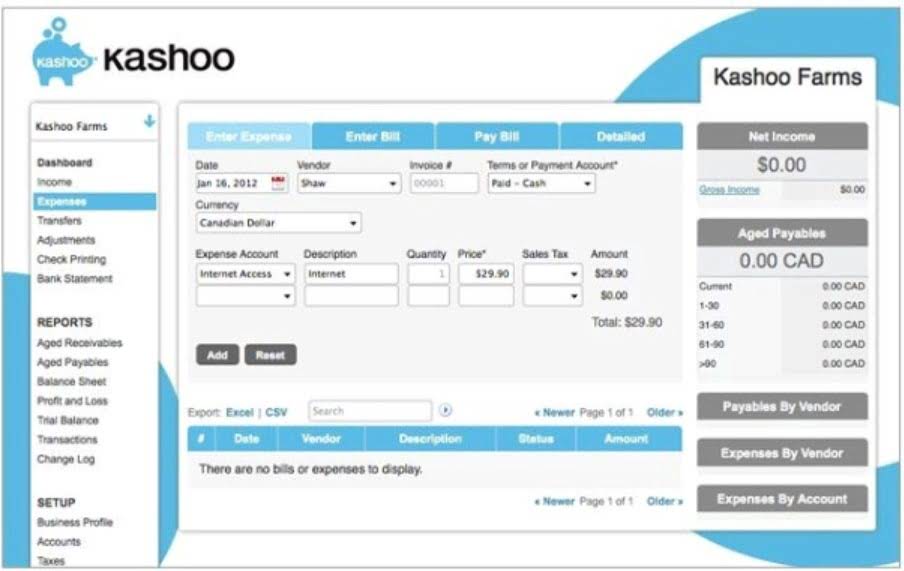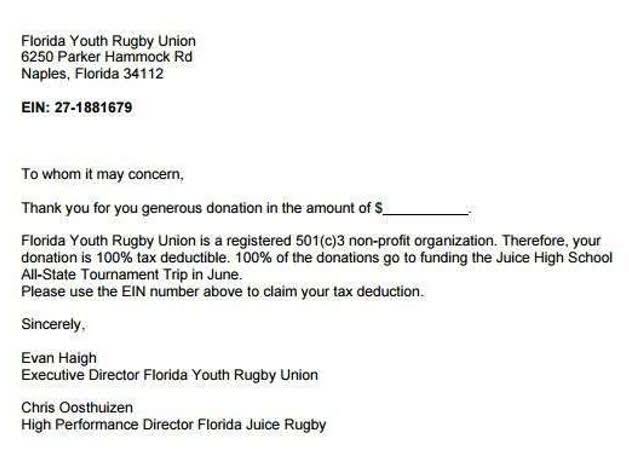
Posting plays an integral role by providing a systematic and chronological view of all transactions, aiding in the quick identification of any discrepancies or errors. A primary accounting document is a written certificate of a business transaction that posting definition in accounting is legally binding and does not require further explanation or detail. Initial information about economic processes and phenomena is reflected in the primary documents. In actual business operations, there could be hundreds or even thousands of transactions each day, making the posting process critical for maintaining accurate financial records. This cycle begins with a financial transaction and ends with financial statements. However, these transactions only constitute a single part of the accounting cycle.

Step 4 – Journalize the Transaction
The shift to automated posting has reshaped the role of accounting professionals. This allows for a more strategic contribution, leveraging technology to gain deeper insights from readily available, organized financial data. Implementing strong internal controls is key to preventing errors and fraud in post-accounting.
Get Weekly Financial Automation Tips Straight to Your Inbox
When all entries are posted from the journal to the ledger, you get the desired information. Therefore, the journal is the original book of entry while the ledger is the final book of entry because it gives us the final position of accounts. For example, MicroTrain saw a 57.73% rise in Service Revenue and a 53.55% drop in Salaries Expense. It involves direct participation of employees of functional management services in obtaining accounting information. Modern computer programs allow you to correctly prepare the necessary and important reports in a short time. Within the established time frame, warehouse managers and Department managers submit these reports to the organization’s accounting department.

Updated records
The software automatically records transactions on the correct date, reducing the risk of errors. Posting dates refer to the date when a transaction is recorded in the accounting system. It is essential to record transactions on the correct date to ensure that financial statements accurately reflect the financial status of the business. In this section, we will discuss the best practices for maintaining accurate posting dates. By following these best practices, businesses can ensure that their financial records are accurate and up-to-date. By recording transactions on the correct date, businesses can ensure that their books reflect the true financial position of https://jobtied.com/2022/04/02/9-6-segmented-income-statements-managerial/ the business.
- It ensures that every transaction is recorded correctly, providing a reliable basis for financial analysis and decision-making.
- This practice not only helps in identifying errors but also in maintaining the overall integrity of financial data.
- In this section, we will dive deeper into the importance of accurate posting dates in financial reporting and explore different perspectives on this topic.
- It is used in the process of posting transactions from the general journal to the general ledger.
- It’s more than a process; it’s a commitment to financial integrity and a testament to the professionalism of a business.
- The cash posting process ensures this transaction isn’t just tossed into a general bucket.
Key Concepts: Journal Entries and the General Ledger
Journalizing meaning refers to a process businesses perform to record all their financial transactions correctly for their financial records. It enables individuals to track transactions in chronological order and spot accounting errors. Moreover, How to Invoice as a Freelancer this process allows businesses to prepare their financial statements, which auditors analyze to check the transactions’ impact on the business.

Automated systems such as bank statement converter or invoice scanning software can directly extract and input data from your invoices, receipts, or bank statements into your accounting software. By following these procedures, you avoid misstatements and ensure accurate financial reporting. Maintaining proper cut-off procedures ensures transactions are recorded in the correct accounting cycle. Post-accounting refers to the systematic process of finalizing and reconciling financial records after the end of an accounting period. Additionally, posting aids in catching and rectifying errors that could otherwise lead to substantial discrepancies at the end of a financial period. This makes it fundamental for auditing practices, as auditors use the data in the ledger to assess the accuracy and fairness of financial information presented by a company.
- It’s the start of journal entry processing and key for strong internal control systems.
- Cash posting may seem like a small cog in a giant machine, but its function is vital for the smooth operation of any business.
- Misalignment of posting dates may lead to financial restatements, eroding stakeholder trust and exposing companies to regulatory scrutiny.
- The three-column form ledger card has the advantage of showing the balance of the account after each item has been posted.
Posting Compound Entry
Each account within the general ledger represents a specific aspect of the business, such as assets, liabilities, equity, revenues, and expenses. This detailed categorization allows for precise tracking and analysis of financial performance. When reconciling bank accounts, accountants must ensure that the posting dates of deposits and withdrawals align with bank records.
